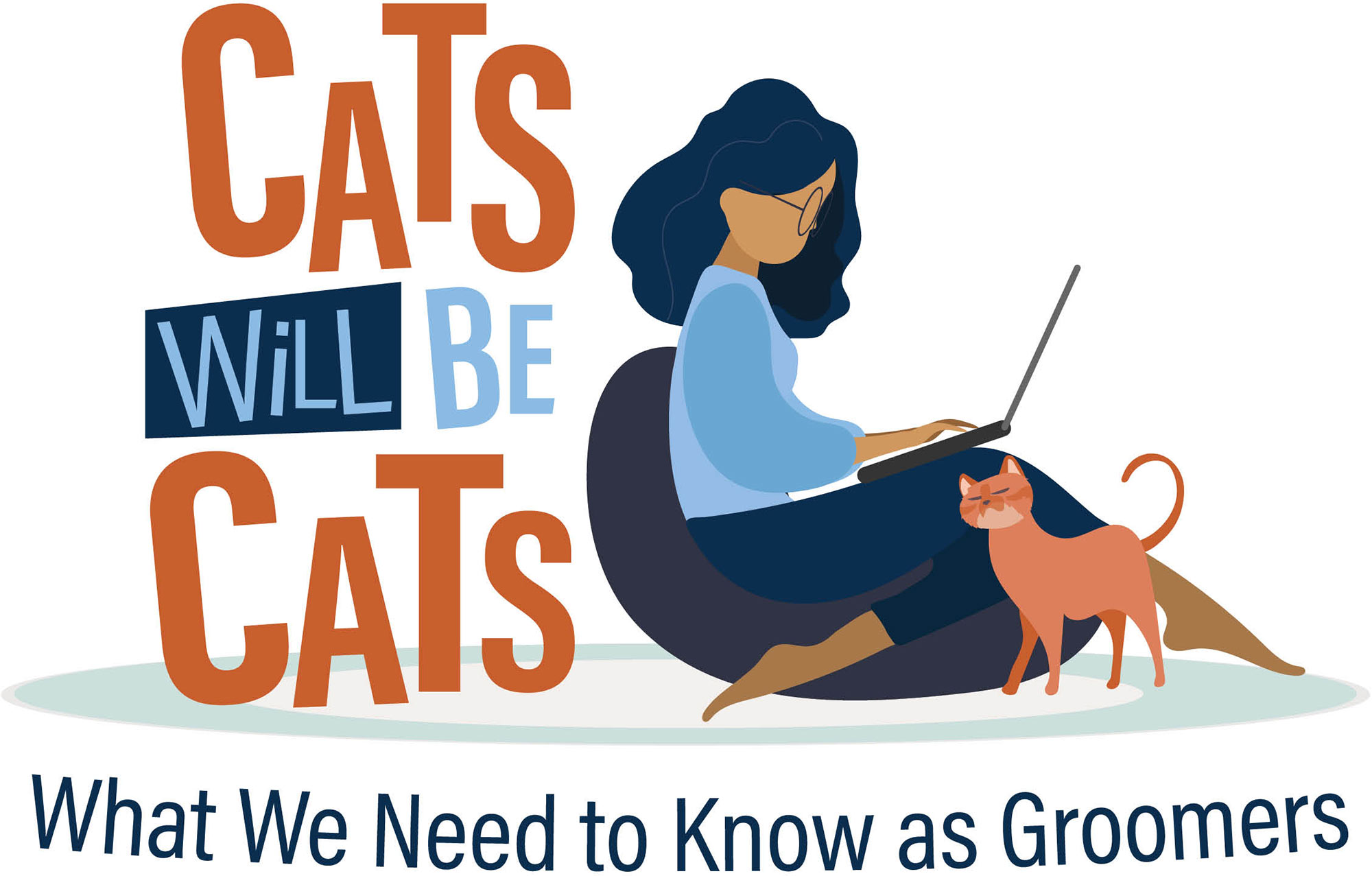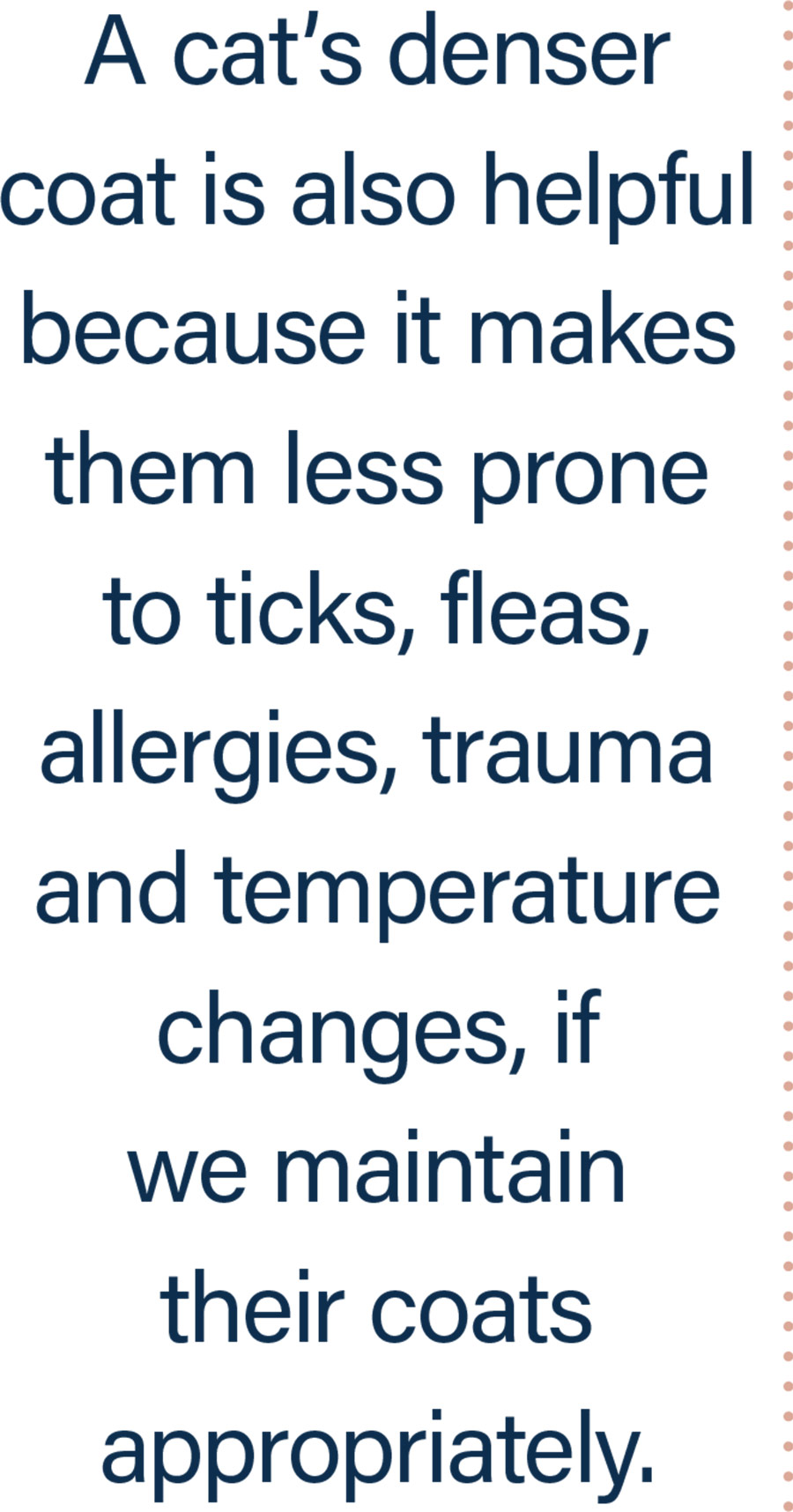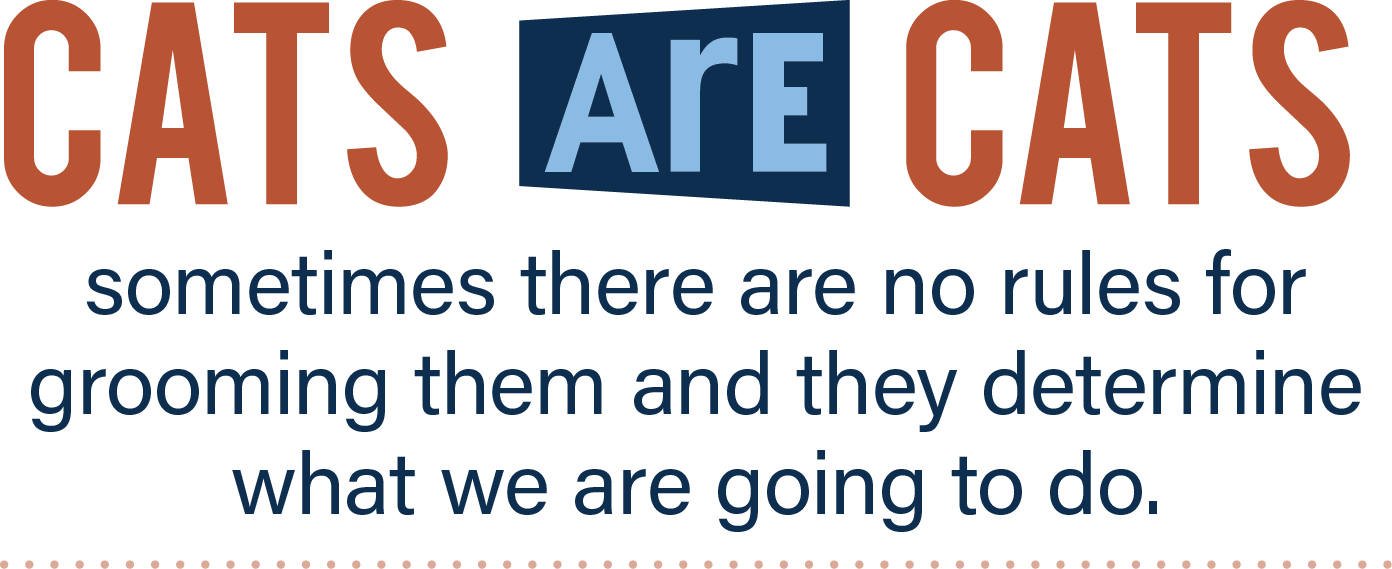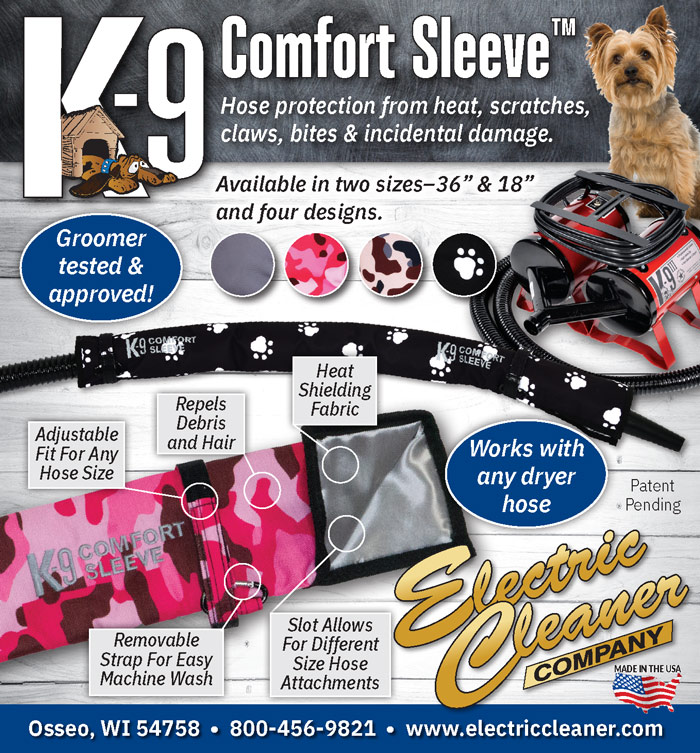
 ats are extraordinary in many ways, but when it comes to hair and skin, do we need to do things differently with cats? We often want to look at each animal as unique, but there are more similarities than differences.
ats are extraordinary in many ways, but when it comes to hair and skin, do we need to do things differently with cats? We often want to look at each animal as unique, but there are more similarities than differences.
One of the most unique things about a cat is that their liver cannot process many drugs/toxins like a dog or a human can. We must be very aware of what cats may be sensitive to because it may take longer to work through their system. An example would be aspirin with cats. In vet school, we were told if you gave aspirin to a cat, you would kill them. But as more research was done, we found that we could give them a lower dose less frequently, and they did fine with it.
On the groomer side, many consider d-limonene fatal, but just like aspirin, it is about dosage and timing. There have been cases where d-limonene at six percent in a dog flea and tick product was used on a cat, and it passed. The worst a cat may see at a lower dose is slight nausea, drool or occasional vomiting. Many don’t realize that most shampoos and conditioners have small amounts of d-limonene for odor control. Shampoos and conditioners, since they are made of plant material, are not pleasing to the nose, so they need a little help.
Since ingredient lists don’t include amounts, it is next to impossible to evaluate the detriment or safety of products based on the list. Everything we use could be considered a controlled poison; even water can kill you in excess, but adequate amounts are vital for survival. It is always good to be aware of things that are potentially toxic to cats and check with the manufacturer or others who have used a product before mindlessly tying it on cats.

Cats have barbs on their tongue, so unlike dogs, they can comb/brush their hair. This is important for moving the oils through their coat and is why so many cats have such beautiful coats with limited human care. They do have a slightly higher oil production than we see in their canine counterparts. This becomes a problem if, in our grooming process, we strip too much of the oils (degrease) or if the cat has internal issues that cause abnormal sebum production. This will lead to matting, making it harder for cats to groom themselves adequately. These cats often matt severely and quit grooming, leading to the skin becoming excessively greasy. The natural response to this is to degrease the cat when it reaches this point, but this is the opposite of what we need to do.

A cat’s denser coat is also helpful because it makes them less prone to ticks, fleas, allergies, trauma and temperature changes, if we maintain their coats appropriately. Maintaining the coat can be challenging at times because a cat’s personality plays a significant role in the level of care we can provide. They are usually not trained or asked to do anything in the home environment, so grooming is a new experience. Many love the process, while others, at best, tolerate it.
- You only have a limited amount of time to complete the groom. So when they are done, typically you are done, too.
- Less restraint is better with cats. They want to be in charge, and if they feel like they are losing control, you may have a cat from hell on your hands.
- Do not degrease cats. Without their natural oils, it is tough for a cat to groom naturally, and it often ends in matting and shaving down.
- Like other animals, a cat’s skin cycle is 21 days, so optimal grooming should be done every three to four weeks.
- Cats are solitary animals, so other cats in the grooming area can be a source of stress/fear.
- I highly recommend Feliway aerosolizers in every room a cat will be in. It is also a good idea to have the owner spray down their carriers with Feliway spray the night before to keep the cats calm on the ride to the salon.
- It is best to have a separate holding and grooming room for cats. Cats have a perfect sense of pheromones and stress levels. If they are in the same room with dogs that have had their anal glands expressed (considered a stress response in dogs), exuding stress pheromones, barking, etc., that sounds and smells like a danger to a cat.
- Many groomers that groom a mix of cats and dogs designate a cats-only day (Caturday!) or half day to minimize stress.
- Be sure to work in closed-in areas to control a cat’s movement if it gets away from you.
- Always have tools on-hand to help if a cat becomes a problem—things like gloves, muzzles, EZ nabber, big towels/blankets, etc. The goal is never to use them, but if you need them, you will be glad you have them.
Cats are cats; sometimes there are no rules for grooming them and they determine what we are going to do. However, it is still important to be aware of the differences in this species and do everything we can to keep them healthy, safe and comfortable.
Dr. Cliff Faver graduated with a BS in Biology/BA in Chemistry before getting a Veterinary degree in 1987. He is the past owner of Animal Health Services in Cave Creek, Arizona and now the US distributor for Iv San Bernard products, teaches the ISB Pet Aesthetician Certification program, and speaks internationally on hair and skin. His passion is to merge groomers and veterinarians to aid in helping and healing pets. He is also a member of AVMA, AAHA, AZVMA, Board member with Burbank Kennel Club, and has served on Novartis Lead Committee, Hill’s International Global Veterinary Board, and a Veterinary Management Group.

